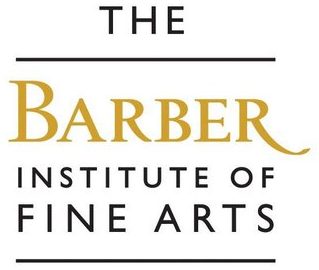Jacques Beltrand
La Baigneuse (The Bather)
France, about 1910
Colour woodcut
19.1 x 18.8 cm
Beltrand helped pioneer the use of water-based pigments in printing in France, inspired by Japanese printmaking techniques. Water based inks can produce subtle and delicate images, whereas more traditional Western woodcuts are often use oil based inks and are bolder or harsher in their results. In Japanese woodblock printing, a rice starch paste (Nori) is also often applied on the printing block, which can enhance and disperse the colour pigment over the damp paper (perhaps resulting in subtle differences in colour within one colour block). This is a bit like watercolour processes. In contrast, oil based inks in printing are easier to manipulate and can produce large areas of smooth colour.
Beltrand was instrumental in the 20th-century revival of woodcuts and the advent of colour in Western printmaking. This woodcut subtly incorporates green, yellow and brown hues. Yet black is heavily applied in the foreground and to the tree by the riverbank, a technique that emphasises – and brings forward – important elements of the image. This contributes to the composition’s strong sense of perspective. The black areas may have always had this strong presence – it echoes the Japanese woodcut technique of having a principal key block and then separate subsidiary blocks for the different colourful areas of the print. Unusually, the crucial forms of the river and the bather are largely left un-inked, indicating the artist’s skilful use of ‘negative space’ to create colour without adding more coloured inks. Beltrand was aware of Cézanne, even if the two artists did not meet, and made prints after his work. Here, the figure has some of the awkwardness of Cézanne’s bathers and is similarly integrated into the landscape.
Purchased in 2014 (No. 2014.3)

